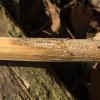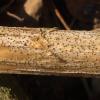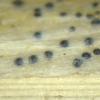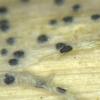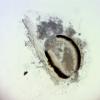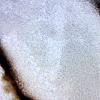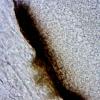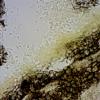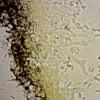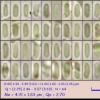
15-11-2025 23:22
Mario FilippaHello,this is what I think to be Hymenoscyphus mac

14-11-2025 16:26
 Marian Jagers
Marian Jagers
Hello everyone, On dead wood of Cytisus scoparius

15-11-2025 20:25
 Riet van Oosten
Riet van Oosten
Hello, Found by Laurens van der Linde, Nov. 2025

14-11-2025 18:31
 Lothar Krieglsteiner
Lothar Krieglsteiner
Hello,can somebody provide me with a file of:Rothe

12-11-2025 09:25
 Viktorie Halasu
Viktorie Halasu
Hello, I need help with a pale terrestric Pseudom

11-11-2025 20:16
Bohan JiaHi, lastly I have found these tiny yellow decayin

09-11-2025 13:20
Hello.A tiny ascomycete, appearing as erupting gra
Small black pycnidia on Angelica sylvestris
Sergey Markov,
10-04-2021 20:07
I found today small black pycnidia in the cuticle of the overwintered dried stem of Angelica sylvestris.
Here is photo's and microfotos. First three microphotos - in the pure water, next three - in Mlz.
Size of pycnidia is up to 0.4 mm.
Conidia size:
(4.00) 4.50 - 5.49 (5.61) × (1.44) 1.60 - 2.03 (2.45) µm
Q = (2.25) 2.46 - 3.07 (3.63) ; N = 64
Me = 4.91 × 1.83 µm ; Qe = 2.70
Q = (2.25) 2.46 - 3.07 (3.63) ; N = 64
Me = 4.91 × 1.83 µm ; Qe = 2.70
Please help me with identification. This is very common fungus on this host. It appears each spring with thousands pycnidia. The only one my variant was Diaphorte angelicae, but here is no conformity - this is not this species.
Sergey Markov,
10-04-2021 21:14
Re : Small black pycnidia on Angelica sylvestris
May be this is anamorph of Leptosphaeria acuta (Phoma acuta (subsp. errabunda?)) ?
